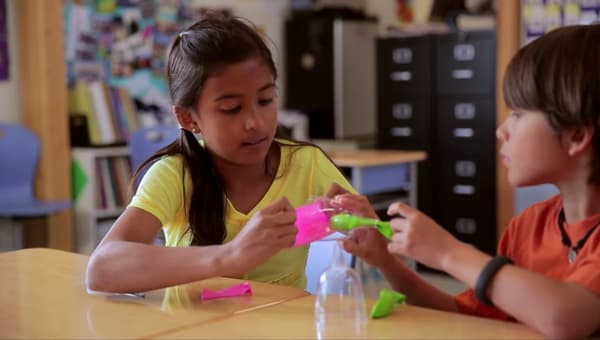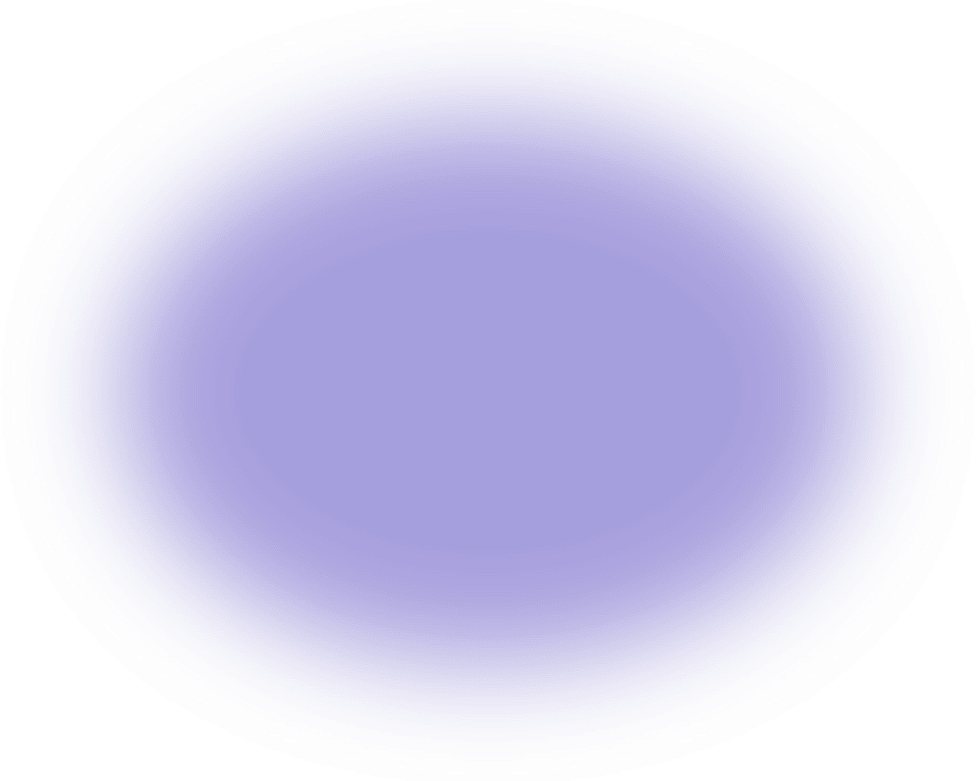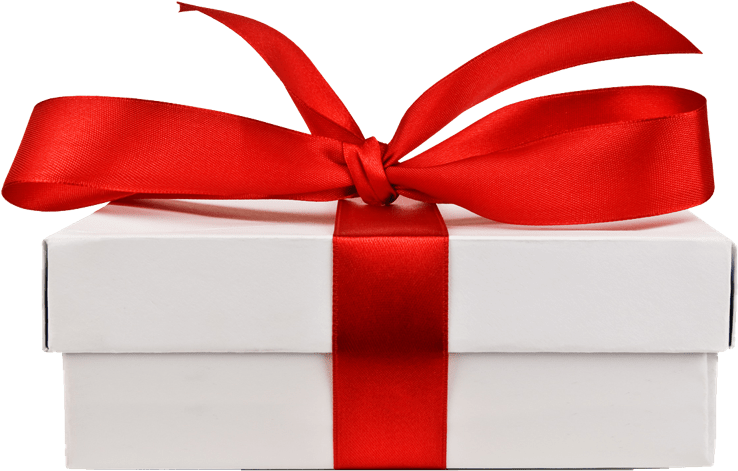
Please wait…
This video is having trouble loading. You may have lost your Internet connection.
Step 1: Click to Reload this page
Step 2: Click to
Try our other video player
Step 3: contact support if trouble persists.
Or,
dismiss this message.
Full Screen

Full Screen

Please wait…
This video is having trouble loading. You may have lost your Internet connection.
Step 1: Click to Reload this page
Step 2: Click to
Try our other video player
Step 3: contact support if trouble persists.
Or,
dismiss this message.
Full Screen
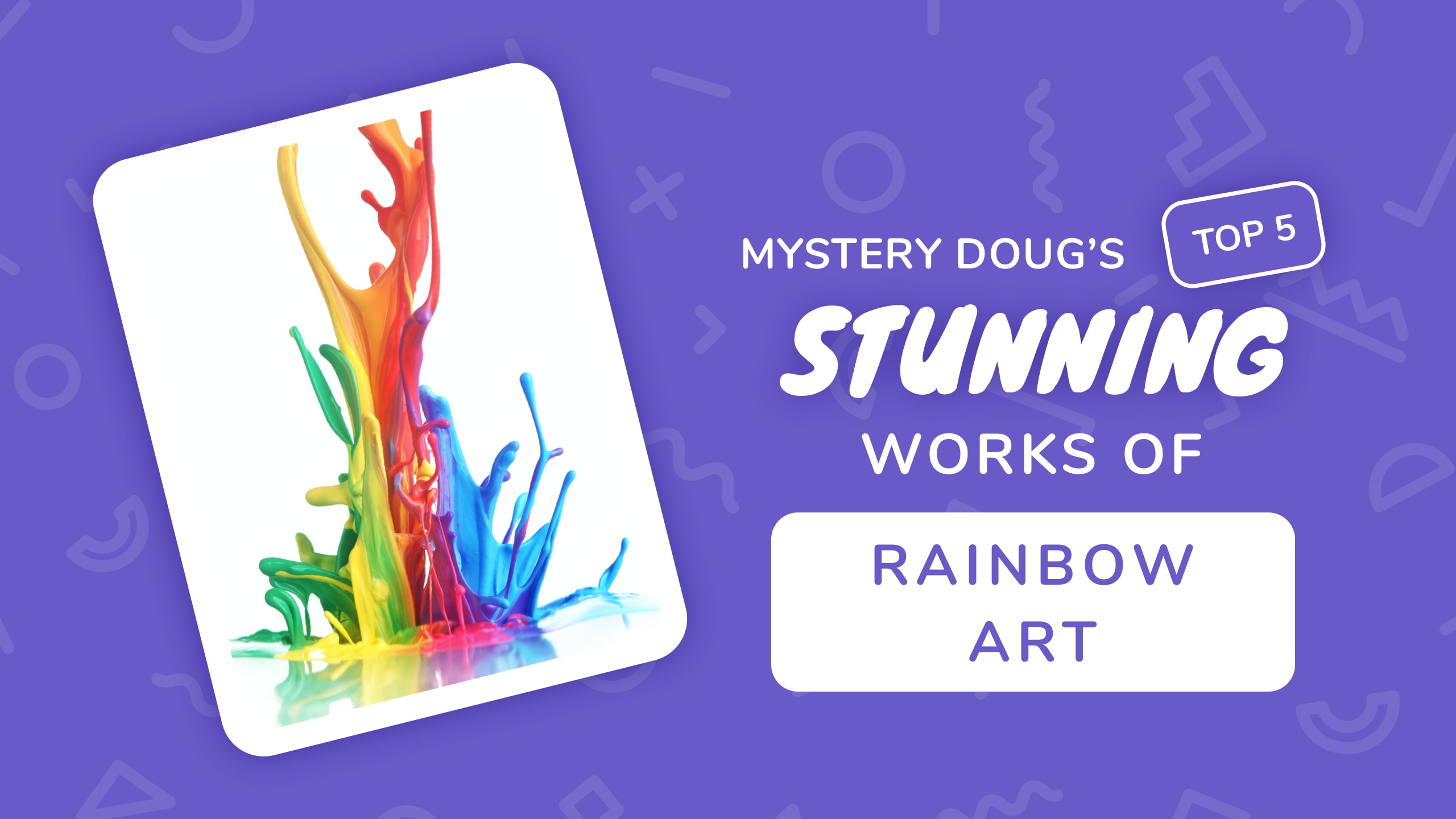
Full Screen

Please wait…
This video is having trouble loading. You may have lost your Internet connection.
Step 1: Click to Reload this page
Step 2: Click to
Try our other video player
Step 3: contact support if trouble persists.
Or,
dismiss this message.
Full Screen
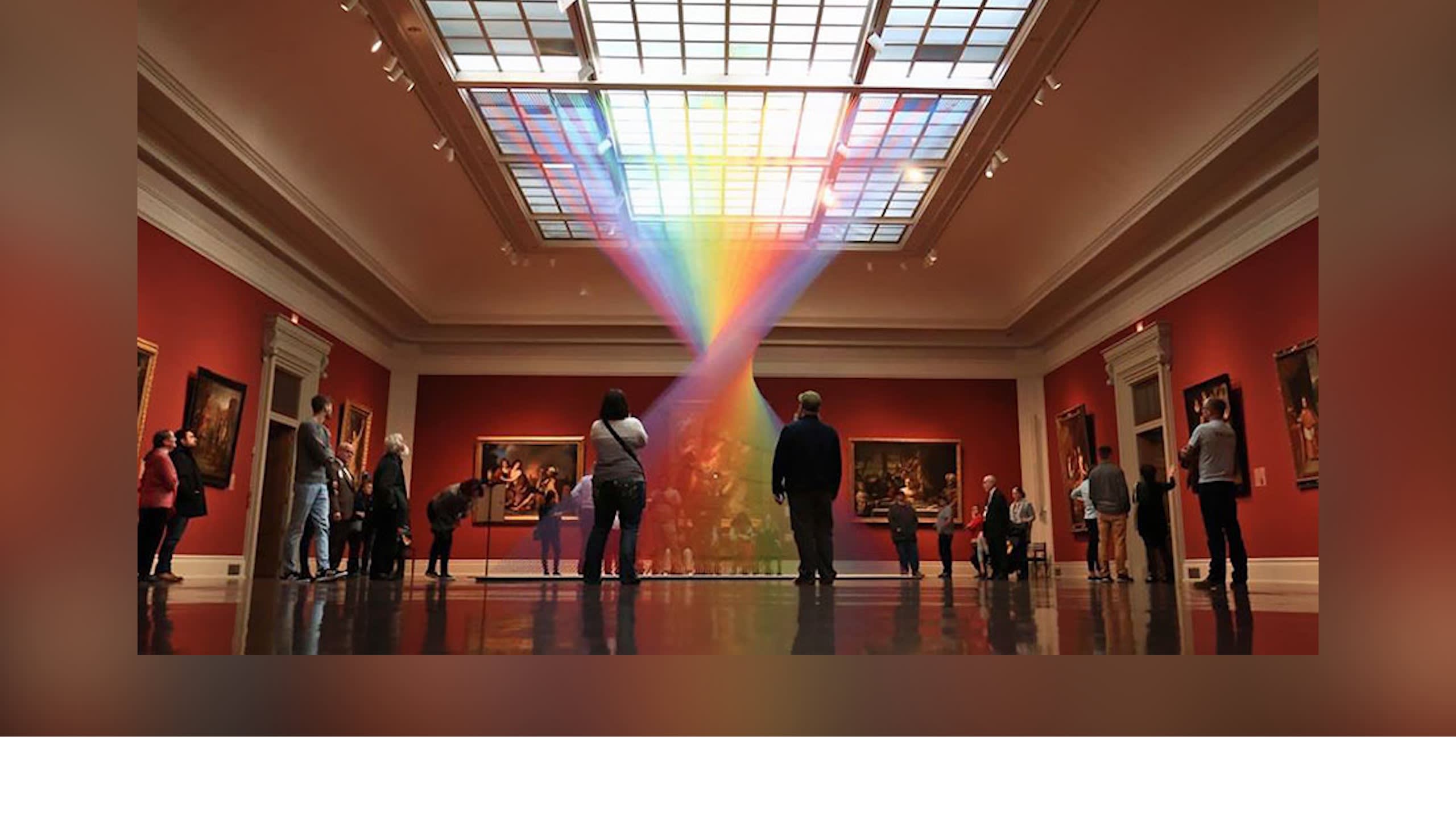
This looks like a rainbow coming through a window! But this
rainbow isn’t made of light. What do you think it’s made of?
Full Screen

Please wait…
This video is having trouble loading. You may have lost your Internet connection.
Step 1: Click to Reload this page
Step 2: Click to
Try our other video player
Step 3: contact support if trouble persists.
Or,
dismiss this message.
These fake rainbows are made from hundreds of pieces of string!
They’re made by Mexican-born artist Gabriel Dawe.
Full Screen

Please wait…
This video is having trouble loading. You may have lost your Internet connection.
Step 1: Click to Reload this page
Step 2: Click to
Try our other video player
Step 3: contact support if trouble persists.
Or,
dismiss this message.
You can make rainbow string art, too, if you have some pushpins
(or nails) to wrap colorful string around!
Full Screen

Please wait…
This video is having trouble loading. You may have lost your Internet connection.
Step 1: Click to Reload this page
Step 2: Click to
Try our other video player
Step 3: contact support if trouble persists.
Or,
dismiss this message.
Full Screen

Please wait…
This video is having trouble loading. You may have lost your Internet connection.
Step 1: Click to Reload this page
Step 2: Click to
Try our other video player
Step 3: contact support if trouble persists.
Or,
dismiss this message.
Most people use crayons like this when coloring rainbows. But if
you get crayons HOT, there’s another way to make a rainbow...
Full Screen

Please wait…
This video is having trouble loading. You may have lost your Internet connection.
Step 1: Click to Reload this page
Step 2: Click to
Try our other video player
Step 3: contact support if trouble persists.
Or,
dismiss this message.
Hot crayons melt—so the crayons can drip and create a rainbow!
This artist is using a special tool that blows REALLY hot air!
Full Screen

Please wait…
This video is having trouble loading. You may have lost your Internet connection.
Step 1: Click to Reload this page
Step 2: Click to
Try our other video player
Step 3: contact support if trouble persists.
Or,
dismiss this message.
Full Screen

Can you tell what this is a picture of? (It’s a close-up picture of
something you’ve probably seen before!)
Full Screen
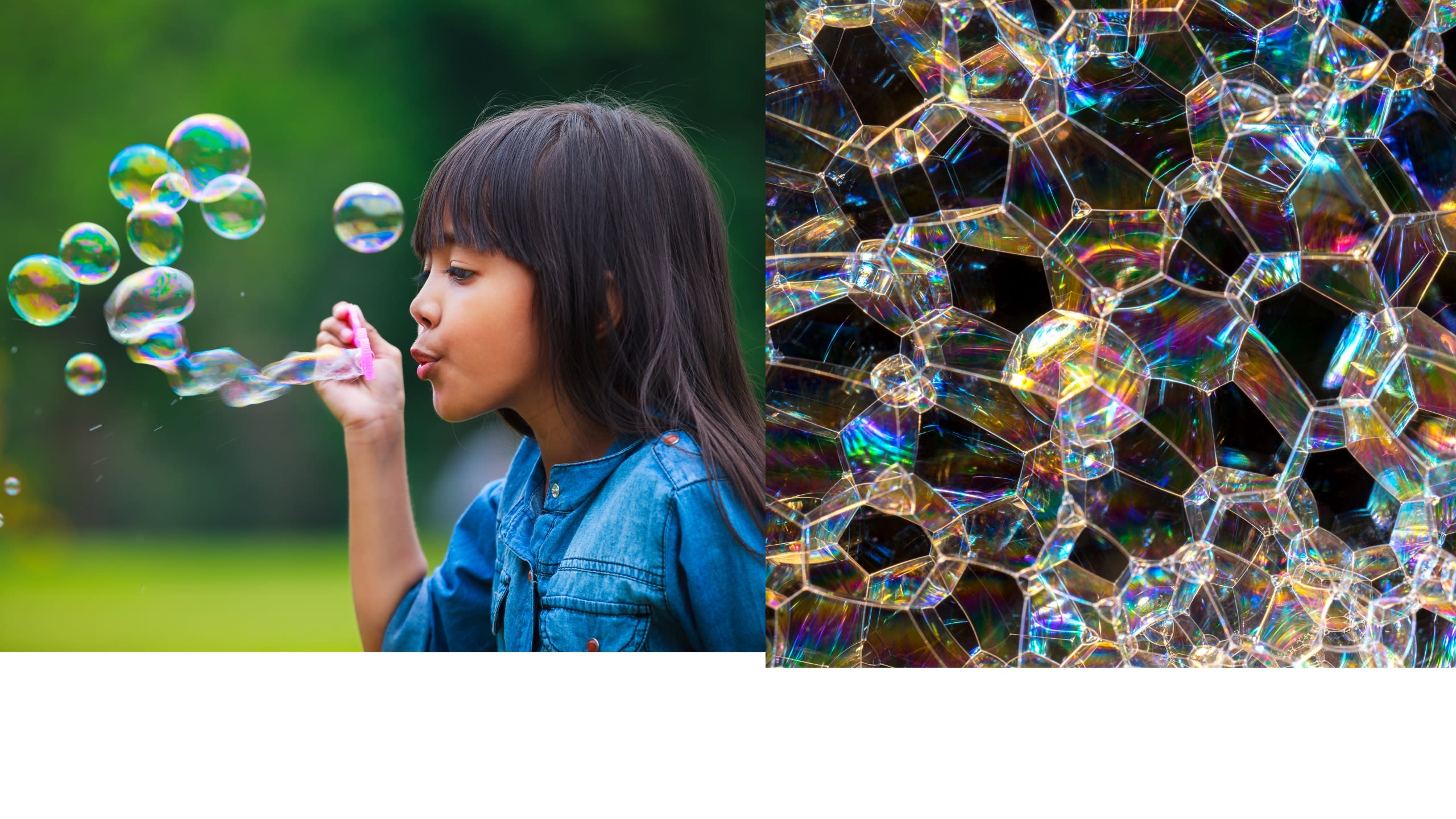
They’re soap bubbles, which have rainbow colors! A single bubble
is round, but when many are next to each other, they look like this.
Full Screen

Please wait…
This video is having trouble loading. You may have lost your Internet connection.
Step 1: Click to Reload this page
Step 2: Click to
Try our other video player
Step 3: contact support if trouble persists.
Or,
dismiss this message.
Look at this video an artist made! If you look closely at soap
bubbles, you may notice the liquid and colors moving and swirling.
Full Screen

Please wait…
This video is having trouble loading. You may have lost your Internet connection.
Step 1: Click to Reload this page
Step 2: Click to
Try our other video player
Step 3: contact support if trouble persists.
Or,
dismiss this message.
Full Screen

Please wait…
This video is having trouble loading. You may have lost your Internet connection.
Step 1: Click to Reload this page
Step 2: Click to
Try our other video player
Step 3: contact support if trouble persists.
Or,
dismiss this message.
Watch how the light moves as people turn the glass shapes. But if
you add even more glass, something else happens (next slide)...
Full Screen

Please wait…
This video is having trouble loading. You may have lost your Internet connection.
Step 1: Click to Reload this page
Step 2: Click to
Try our other video player
Step 3: contact support if trouble persists.
Or,
dismiss this message.
This art is also made using light and glass! Different kinds of glass
are tilted in just the right way to make amazing colors on the walls.
Full Screen

Please wait…
This video is having trouble loading. You may have lost your Internet connection.
Step 1: Click to Reload this page
Step 2: Click to
Try our other video player
Step 3: contact support if trouble persists.
Or,
dismiss this message.
Full Screen

Please wait…
This video is having trouble loading. You may have lost your Internet connection.
Step 1: Click to Reload this page
Step 2: Click to
Try our other video player
Step 3: contact support if trouble persists.
Or,
dismiss this message.
Shadows are normally gray or black. Can you think of any way to
get a shadow to be a different color, like pink?
Full Screen

Please wait…
This video is having trouble loading. You may have lost your Internet connection.
Step 1: Click to Reload this page
Step 2: Click to
Try our other video player
Step 3: contact support if trouble persists.
Or,
dismiss this message.
Gray shadows are made when white light shines on things. But if
you use blue, green, and red lights, they make shadows like these!
Full Screen
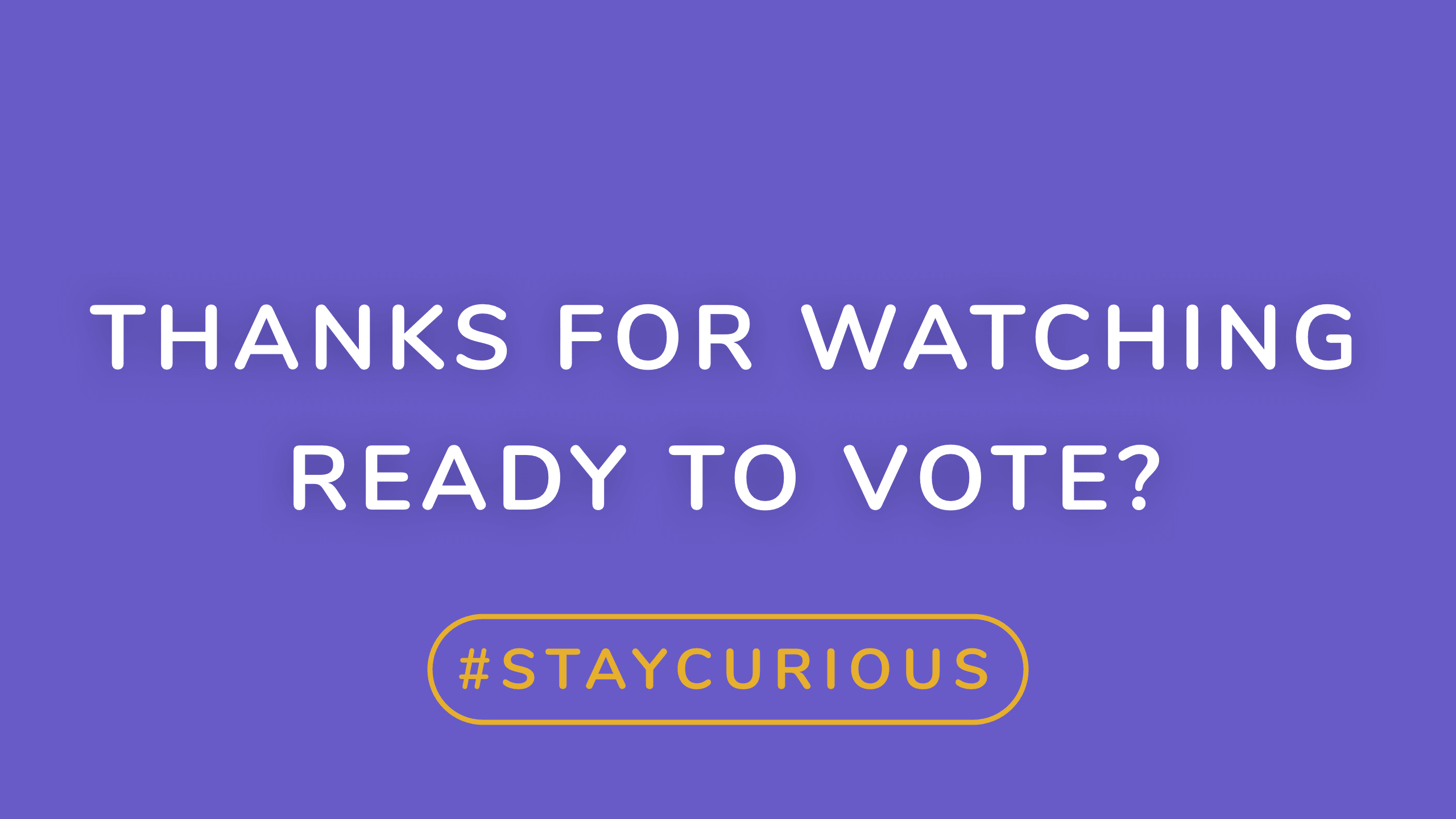
Full Screen

Please wait…
This video is having trouble loading. You may have lost your Internet connection.
Step 1: Click to Reload this page
Step 2: Click to
Try our other video player
Step 3: contact support if trouble persists.
Or,
dismiss this message.
Full Screen
Voting for this episode is now closed. Would you like to vote on the most recent poll?
I pulled three questions from my jar. Which question do you want to explore next week?

-
Why do lightbulbs get hot?
-Lyric, 3rd Grade
-
How are pianos made?
-Vivian, 1st Grade
-
How high can birds fly?
-Nova, 2nd Grade
Is the video not playing properly?
Please follow these steps:
- Very rarely a video will fail to completely load in your browser. Try to reload this page to see if that fixes the problem.
- If reloading does not help, try our other video player .
- If the video still fails to play, open this video in a new tab and please let us know you’re having trouble. We want to fix this issue for you.
Looking for a hands-on activity?
Try out a hands-on extension activity from Mystery Science.
